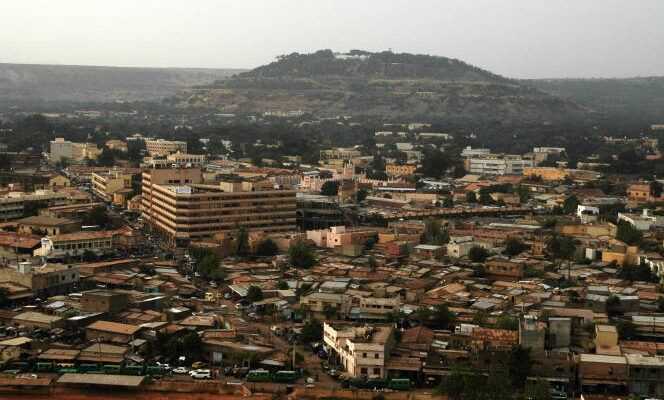Does urban density promote the transmission of the SARS-CoV-2 virus?
In the United States, our research has shown that the number of cases and deaths due to Covid-19 was not linked to the overall density of metropolitan areas, understood as the number of inhabitants of each of them divided by their total area. On a finer scale, however, neighborhoods with a higher density have often paid a heavy price. But it is difficult to establish a direct causal link because other factors come into play. These neighborhoods are also often the poorest: the pre-existing state of health of the inhabitants may be poorer, the health services fewer and less efficient, or the proportion of people able to telework lower, which increases the exposure to the virus.
Have you identified other links between the morphology of cities and the Covid-19 epidemic?
Also in the United States, we found that a metropolitan area that has twice the population of another has more than double the number of cases and deaths from Covid-19. This confirms the original intuition of Geoffrey West in his book Scale: The Universal Laws of Growth, Innovation, Sustainability and the Pace of Life in Organisms, Cities, Economies and Companies (Penguin, 2017, untranslated): the larger a city, the more it promotes interactions between people. It is therefore more productive, but further promotes the spread of a virus.
You are a specialist in the territorial expansion of cities on a global scale. What is driving this phenomenon today?
Global urban sprawl is primarily determined by population growth and income growth. These two factors explain at least 80% of the variations in the surface area of cities. The richer the latter, the more land they consume per person for housing, workspaces, roads, public facilities … In 2014, the urban area of Paris had the same population as that of Lagos. [la plus grande ville du Nigeria], but ten times the GDP, resulting in an area three and a half times larger.
Over the next 30 years, the urban population is expected to rise to 6.7 billion people, 2.2 billion more than today. Most of this growth will take place in the cities of developing countries. Given the growth in income, it is likely that these will more than double their area. In sub-Saharan Africa alone, the number of city dwellers is expected to even triple, from 460 million in 2020 to 1.26 billion in 2050. The size of urban areas is expected to increase four to six times.
You have 65.29% of this article to read. The rest is for subscribers only.
